Tofu, also known as bean curd, is a versatile and nutritious ingredient commonly used in various cuisines around the world. It is made from soy milk and is a great source of plant-based protein. Whether you're a vegetarian, vegan, or simply looking to incorporate more plant-based foods into your diet, learning how to make tofu from scratch can be a rewarding and enjoyable culinary experience. In this article, we will guide you through the process of making tofu step by step, from preparing soy milk to pressing and shaping the curds. So let's dive in and discover the art of tofu-making!

Tofu originated in ancient China and has been a staple food in Asian cuisines for centuries. It is made by curdling fresh soy milk, which is then pressed to remove excess liquid and form a solid block. Tofu has a mild taste and a soft, custard-like texture, making it highly versatile for cooking a wide range of dishes. It can be stir-fried, grilled, baked, or used in soups, stews, and even desserts.

Making tofu at home offers several advantages. Firstly, you have full control over the quality of ingredients used, ensuring that you're using non-GMO soybeans and avoiding any unwanted additives. Secondly, it can be a cost-effective option, as store-bought tofu can sometimes be pricey. Lastly, making tofu from scratch allows you to experiment with different flavors and textures, giving you a truly personalized tofu experience.
Ingredients and Equipment
To make tofu, you will need the following ingredients and equipment:
Soybeans: 1 cup
Water: 4 cups for soaking and additional water for grinding and cooking
Coagulant: Nigari, gypsum, or lemon juice
Cheesecloth or tofu press
Large pot
Blender or food processor
Tofu mold (optional)
Step 1: Soaking and Grinding the Soybeans
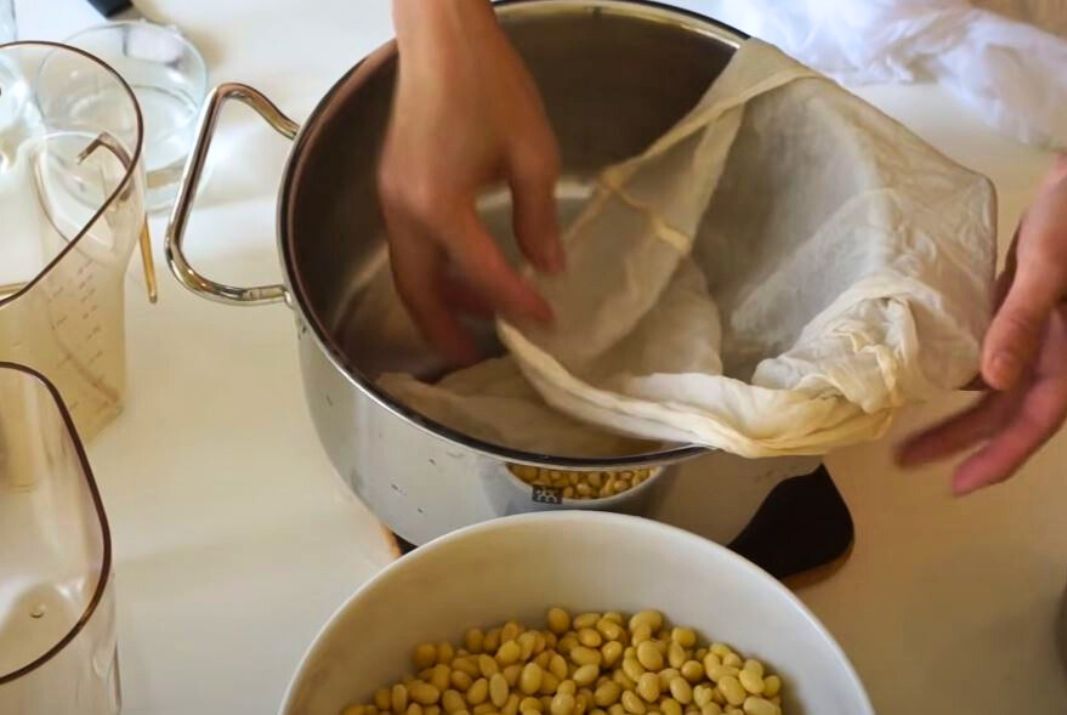
Start by soaking the soybeans in water overnight or for at least 8 hours. This process softens the beans and allows for easy grinding. After soaking, drain the water and rinse the soybeans. Using a blender or food processor, grind the soybeans with water until you obtain a smooth paste-like consistency.
Step 2: Cooking the Soy Milk

Transfer the ground soybeans to a large pot and add water in a ratio of 1:4 (soybeans to water). Place the pot on the stove over medium heat and slowly bring the mixture to a boil. Stir occasionally to prevent the soy milk from sticking to the bottom of the pot. Once it starts boiling, reduce the heat and simmer for about 20 minutes.
Step 3: Coagulating the Soy Milk
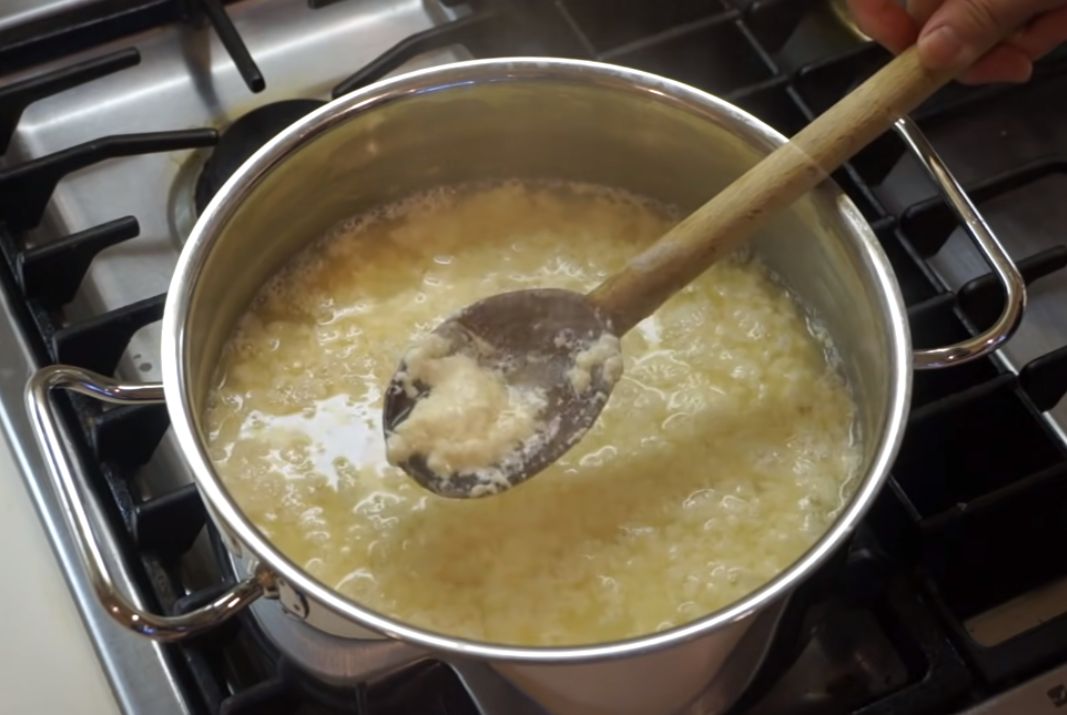
After cooking, it's time to coagulate the soy milk. Dissolve your chosen coagulant (nigari, gypsum, or lemon juice) in a small amount of water. Add this mixture to the pot of soy milk and gently stir for a few seconds. Cover the pot with a lid and let it sit undisturbed for about 15 minutes to allow the curds to form.
Step 4: Cutting and Draining the Curds
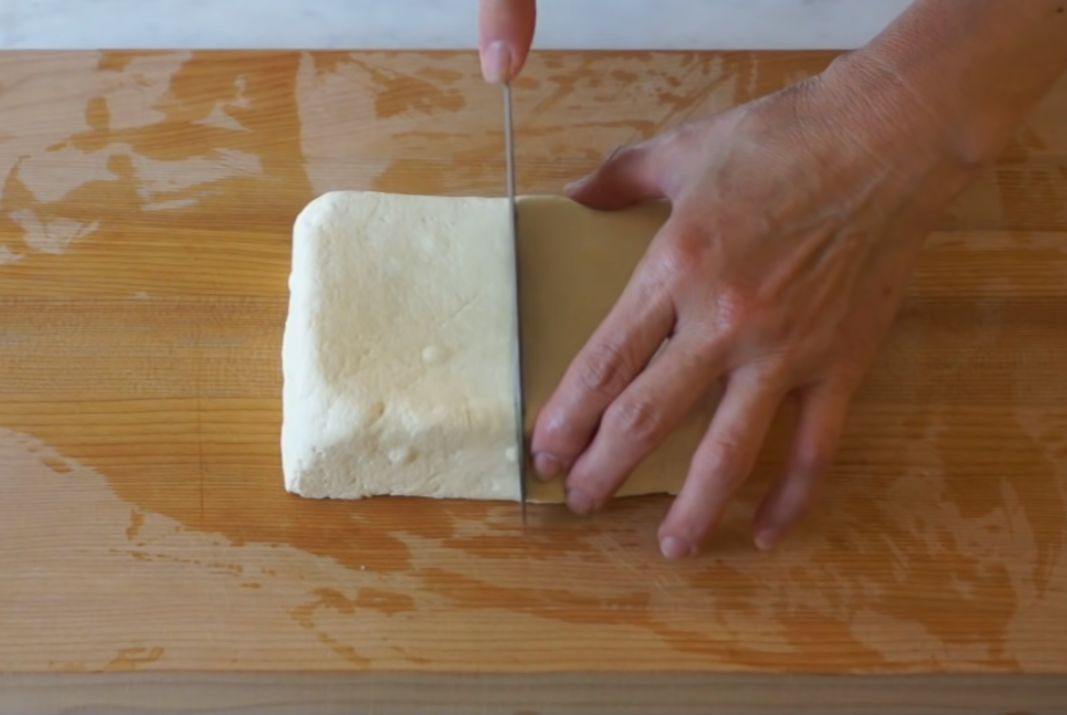
Once the curds have formed, use a knife to cut them into small cubes. This will help release the whey. Carefully transfer the curds to a colander lined with cheesecloth, allowing the whey to drain out. You can save the whey for other culinary uses or discard it.
Step 5: Pressing the Curds
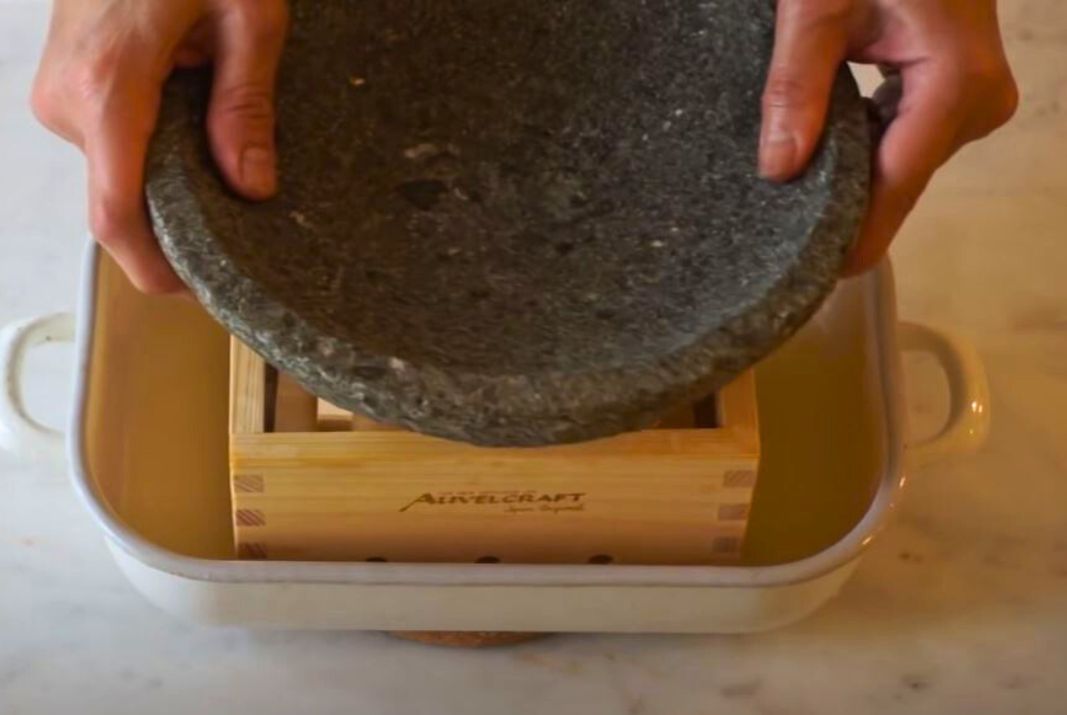
Gather the edges of the cheesecloth and gently squeeze out excess liquid from the curds. Place the wrapped curds in a tofu press or improvise by using a heavy object to press down on the curds. The pressing process helps remove additional moisture, resulting in a firmer tofu texture. Leave the curds under pressure for at least 30 minutes.
Step 6: Shaping and Firming the Tofu
After pressing, unwrap the curds and transfer them to a clean surface. At this stage, you can shape the tofu by gently molding the curds into a block or using a tofu mold for a more defined shape. If desired, you can also sprinkle some salt over the tofu to enhance its flavor.
Step 7: Storing and Using Tofu
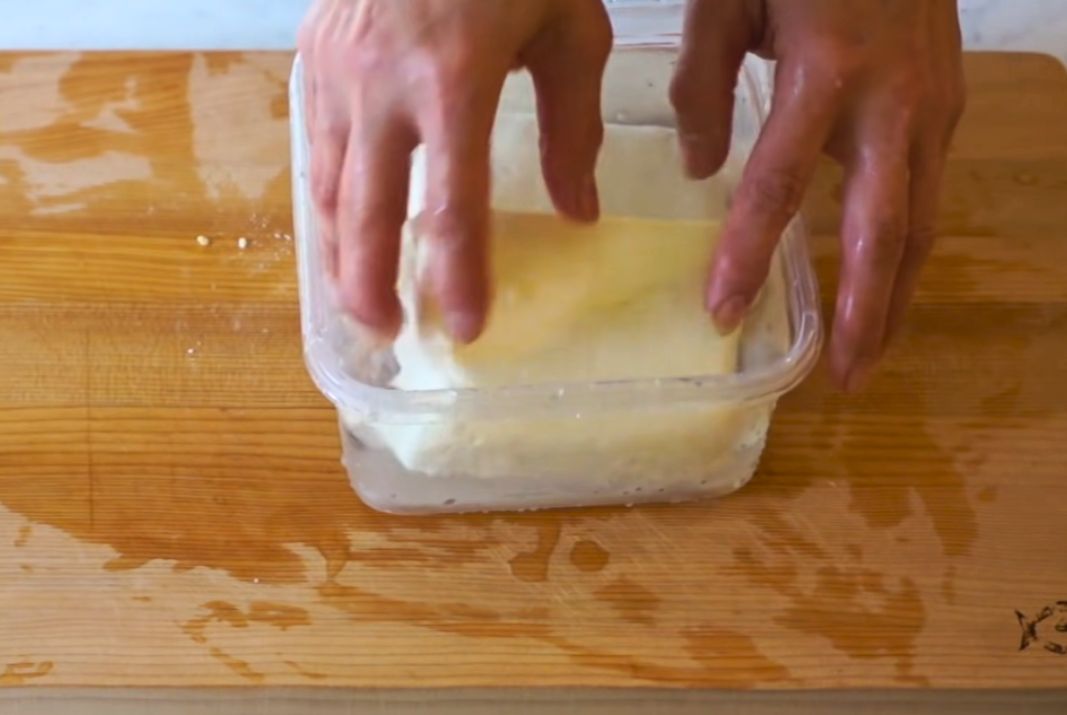
To store tofu, place it in a container filled with fresh water and keep it refrigerated. Change the water daily to maintain its freshness. Homemade tofu is best consumed within a few days for optimal taste and texture. When using tofu in recipes, remember that it absorbs flavors well, so marinating or seasoning it before cooking can enhance its taste.
Tofu Variations and Flavorings
Tofu can be enjoyed in various forms and flavors. Some popular variations include silken tofu, firm tofu, and extra-firm tofu. Additionally, you can experiment with different marinades, spices, and sauces to infuse your tofu with unique tastes and textures. Whether you prefer a sweet and savory teriyaki tofu or a spicy tofu stir-fry, the possibilities are endless.
Tips and Tricks for Perfect Tofu
- Use high-quality soybeans for the best results.
- Maintain proper hygiene throughout the tofu-making process to prevent contamination.
- Adjust the coagulant amount according to your preference for a softer or firmer tofu.
- For a smoother texture, blend the soaked soybeans with slightly more water.
- Explore various coagulants and find the one that suits your taste.
- Don't rush the pressing process, as it contributes to the tofu's firmness and texture.
Conclusion
Making tofu from scratch allows you to explore the art of creating this versatile and nutritious ingredient. By following the step-by-step process outlined in this guide, you can enjoy the satisfaction of crafting your own homemade tofu. Experiment with different variations, flavors, and cooking techniques to discover your favorite tofu creations. So go ahead, embrace the world of tofu-making, and elevate your culinary skills to new heights!
In addition, you can visit the actual tofu making process of the people of the Mekong Delta, Vietnam during the tour of the Mekong Delta by speedboat organized by Fisheye Travel. Detailed information is available here.

